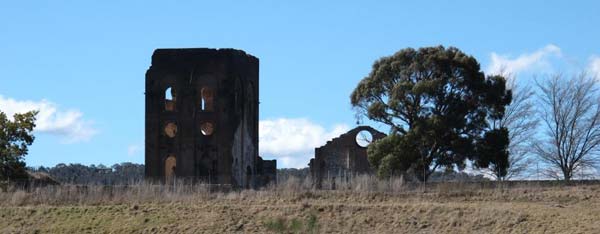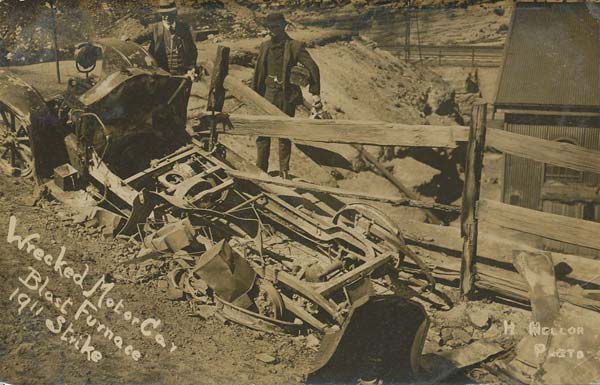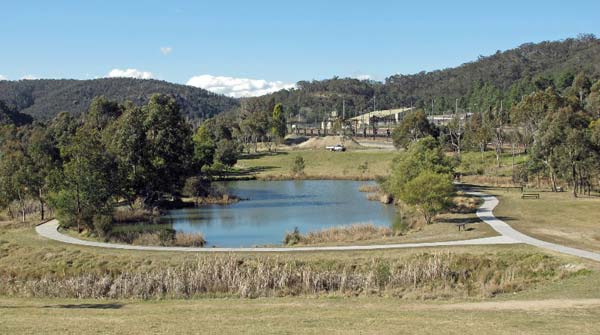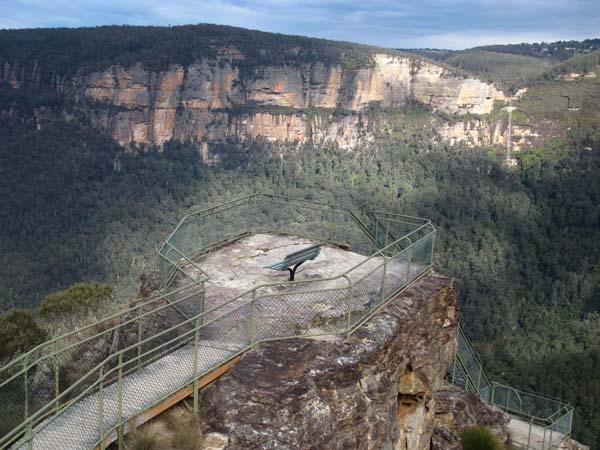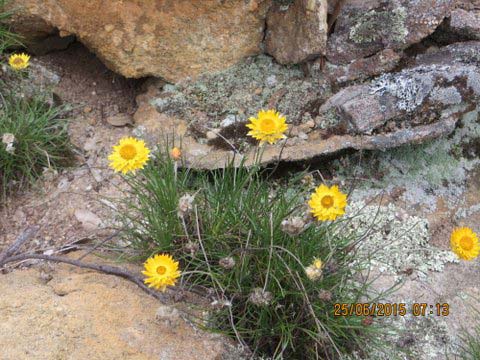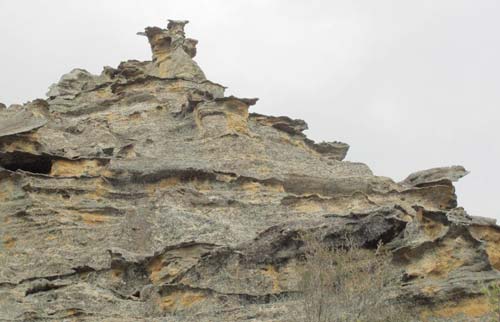Between 1902 and 1904, retail tycoon Mark Foy was preparing for a resort opening which history marks as the inception of the Hydro Majestic. Foy had inherited from the previous owners, of part of his new holding, a skilled Scottish landscape gardener called Murdo McLennan. According to Jim Smith’s lectures (local history of the Blue Mountains, Katoomba TAFE, 1990) Foy gave detailed instructions for the improvement of the walking track network in the new resort’s extensive grounds.

In the far extremities of the 1904 holding (which has since contracted) was the track known as the Lovers’ Walk. Its specification was that a gentleman and a lady in evening dress must be able to walk along it arm in arm without the lady’s ankle-length garment being soiled. In 2015 the route of the Lovers’ Walk is very overgrown but it is still possible to locate and revisit it.
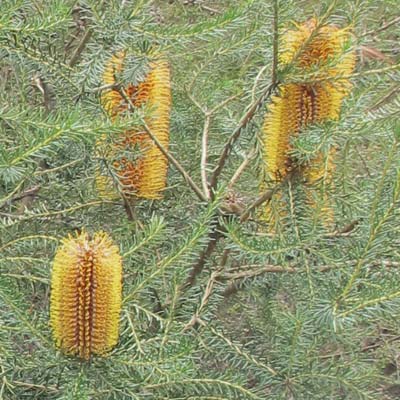
[photo © Don Morison]
The ambience of this location remains highly romantic (at least to someone who appreciates the Blue Mountains bush). It is on the border of open forest and heath vegetation communities.
There are multiple species of Banksia with B. ericafolia and B. marginata particularly prominent. Acacia and Leptospermum species abound.
In the new incarnation of the Hydro Majestic, there is an understandable focus on the heritage buildings and the hospitality. But reflection in the quieter extremes of Mark Foy’s original extensive domain remains inspiring.
As in Mark Foy’s day, this walk has beautiful scenery ready for those who love each other.
© Don Morison

